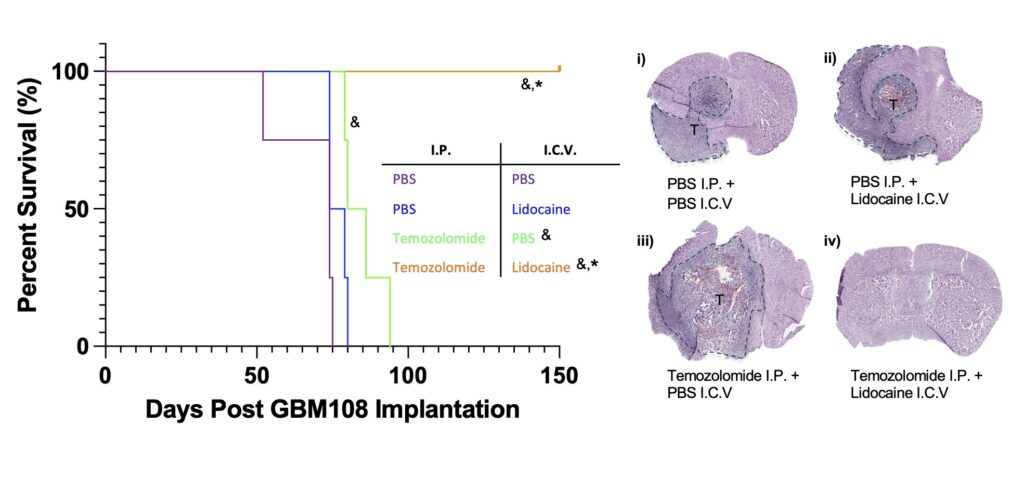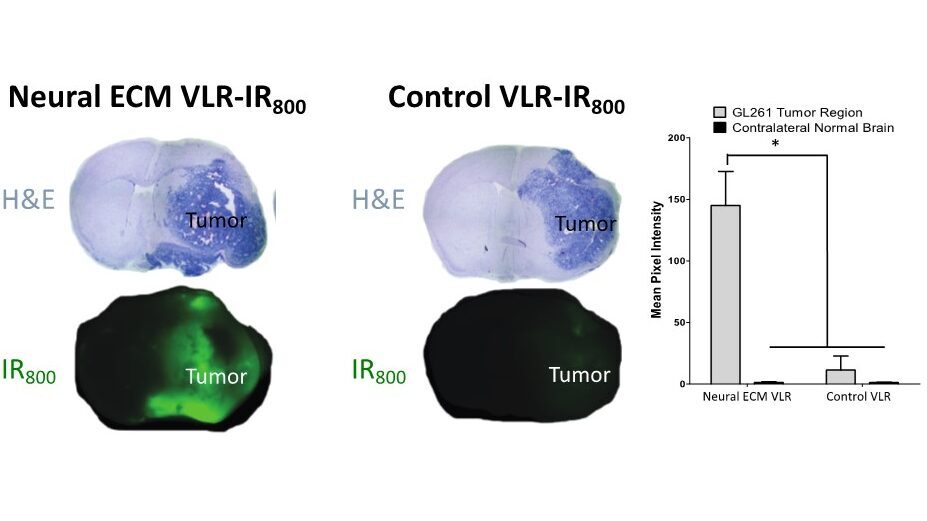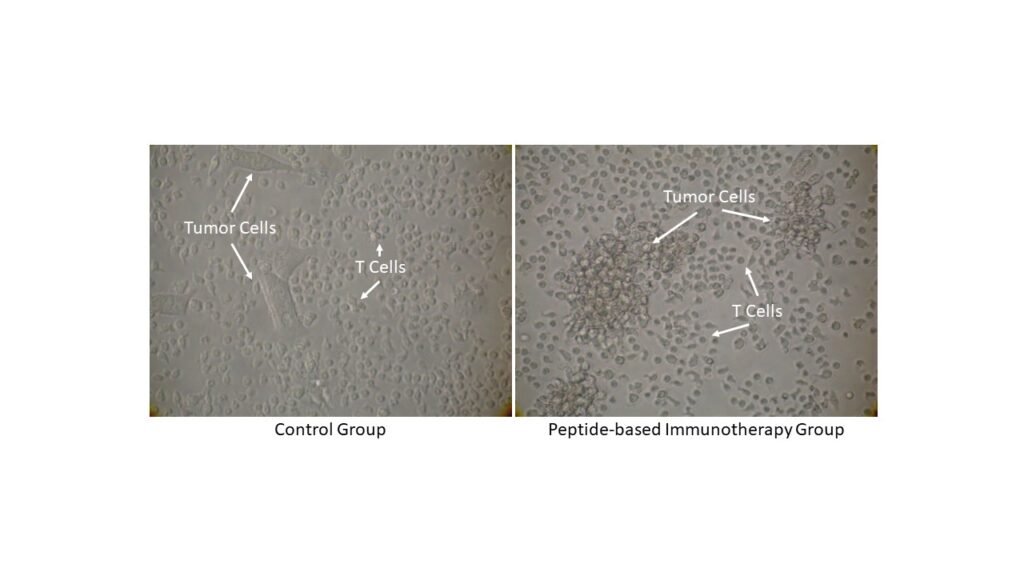Utilizing Intracellular Bacteria as Therapeutic Factories to Treat Brain Tumors: We are interested in using intracellular bacteria to eradicate brain tumor cells in the invasive tumor margin that are missed during surgical resection. We generated a strain of shigella termed GBM-infecting Shigella that preferentially internalize into GBM cells. Our goal is to continue to develop this strain into a safe and effective GBM treatment that is administered by a surgeon after tumor resection.(https://www.frontiersin.org/journals/oncology/articles/10.3389/fonc.2023.1229747/full)

Altering Parenchymal/Cerebrospinal Fluid Flux to Enhance the Accumulation of Brain Penetrating Compounds: We are interested in the role that ependymal cilia play in enhancing the accumulation of brain penetrating compounds within the brain to improve the treatment of encephalopathies. We recently published a manuscript describing that co-administration of ependymal cilia inhibitors with temozolomide (standard of care chemotherapy for brain tumors) dramatically enhances the survival of mice bearing glioblastomas. (J Control Release. 2023 Oct 19:S0168-3659(23)00674-0.)

Targeting Neuropathologies via Blood-Brain Barrier (BBB) Disruption: We are interested in targeting therapies to neuropathologies via physiological disruption of the BBB that underlies many neurological diseases, in contrast to the current paradigm of targeting disease-associated cellular receptors. We previously published a study demonstrating targeting ligands that bind neural extracellular matrix preferentially hone to sites of chemically and glioblastoma induced BBB disruption (Science Adv. 2019 May 15;5(5):eaau4245).

Developing Peptide-Based Immunotherapies: We are interesting in developing peptide-based immunotherapies where immunogenic peptides are specifically targeted to cancer cells and presented in HLA class 1 receptors. In patients previously vaccinated against the immunogenic peptide, a robust cytotoxic T cell immune response is mounted against the tumor. We previously demonstrated proof-of-principle for the peptide-based immunotherapy concept using an autophagy mediated mechanism to facilitate presentation of the immunogenic peptide in HLA class 1 receptors of non-small cell lung cancer (NSCLC) tumors (Mol Ther. 2015 Jun;23(6):1092-1102).

Site-Specific Protein Modification: We are interested in developing methods for site-specific modification of proteins that allows for appending chemical handles precisely onto the c or n terminus of a protein to preserve the activity of the labelled protein. We have utilized express protein ligation (EPL) methods to specifically modify the c-terminus of antibody fragments with small molecules and fluorophores without altering antigen binding activity (Bioconjug Chem. 2018 May 16;29(5):1605-1613, Methods Mol Biol. 2020;2133:221-233).

Identifying Targeting Ligands: We are interested in identifying targeting ligands using selection-based assays. We have isolated targeting: peptides, scFvs, and VLRs (Variable Lymphocyte Receptors, the antigen recognition system from lamprey) using phage display and yeast surface display (YSD) libraries (Bioconjug Chem. 2014 Oct 15;25(10):1829-37, Sci Rep. 2017 Nov 20;7(1):15840, Science Adv. 2019 May 15;5(5):eaau4245).



